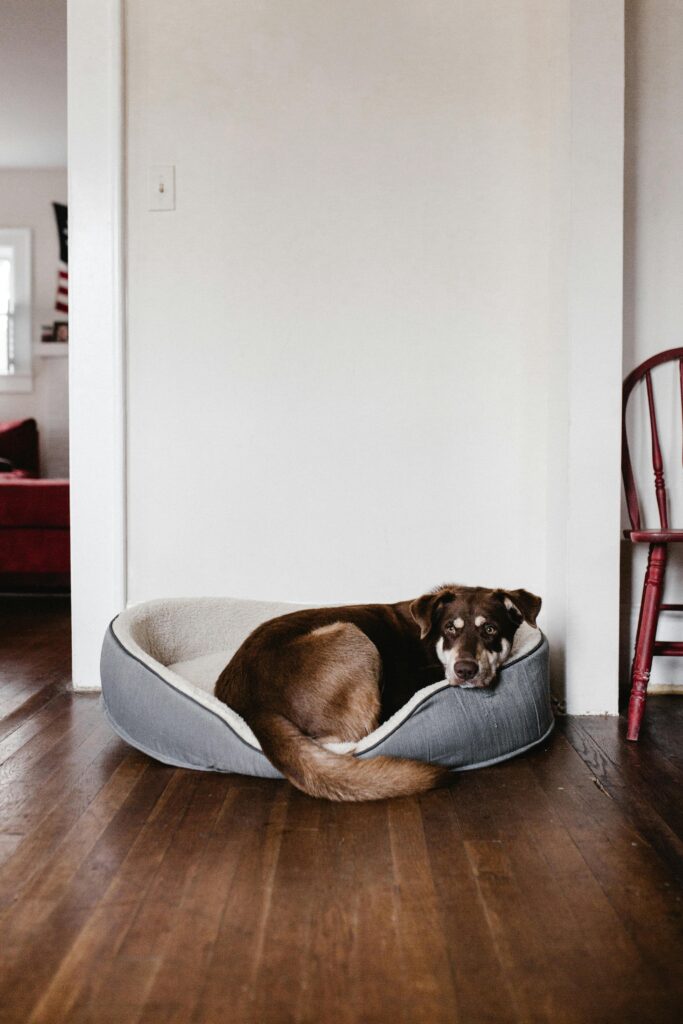Bringing a pet into your home is an incredibly rewarding experience, filled with love, companionship, and joy. However, it’s also a significant responsibility. Ensuring your pets are safe, healthy, and happy at home requires thoughtful planning and care. In this guide, we’ll explore the best practices for creating a pet-friendly home, covering everything from pet-proofing to daily care tips. Whether you’re a new pet owner or a seasoned pro, these tips will help you provide the best possible environment for your furry friends.

Pet-Proofing Your Home
1. Secure Hazardous Areas
Pets are naturally curious, and this curiosity can sometimes lead them into dangerous situations. To keep your pets safe, it’s crucial to secure areas that might pose a risk.
Kitchens and Bathrooms: These areas often contain cleaning supplies, medications, and food items that can be harmful to pets. Use childproof locks on cabinets and keep dangerous items out of reach.
Garages and Basements: Store chemicals, sharp tools, and other hazardous items in locked cabinets. Ensure that any small objects that could be swallowed are kept off the floor.
Pets at Home
2. Remove Toxic Plants
Many common household plants are toxic to pets. Make sure to remove or relocate plants such as lilies, poinsettias, and philodendrons to prevent accidental ingestion. Consider replacing them with pet-safe options like spider plants or Boston ferns.
3. Secure Cords and Wires
Pets, especially kittens and puppies, love to chew on cords and wires. This can be dangerous for both the pet and your electronics. Use cord organizers or protective covers to keep cords out of reach and secure them to walls or furniture.
Creating a Comfortable Living Space
1. Designate a Pet Zone
Giving your pet their own space can help them feel secure and comfortable. Set up a designated area with their bed, toys, and water bowl. This can be a cozy corner in your living room or a quiet spot in your bedroom.
2. Provide Cozy Bedding
A snug mattress is crucial on your pet’s well-being. Choose a bed that’s appropriate for their size and breed. Consider orthopedic options for older pets or those with joint issues.
3. Maintain a Clean Environment
Regular cleaning is crucial to keep your home and your pets healthy. Vacuum frequently to remove pet hair and dander, and clean their bedding and toys regularly. Use pet-secure cleansing merchandise to keep away from exposing your pets to dangerous chemicals.
Ensuring Proper Nutrition and Hydration
1. Choose High-Quality Food
Feeding your puppy a balanced weight-reduction plan is critical for his or her health. Choose extremely good puppy meals that meets their dietary needs. Consult your veterinarian for recommendations based on your pet’s age, breed, and health status.
2. Provide Fresh Water
Always have fresh water available for your pets. Change the water daily and clean their water bowl regularly to prevent bacterial growth. Consider using a pet water fountain to encourage hydration, especially for cats.
Daily Care and Enrichment
1. Regular Exercise
Exercise is critical to your pet’s bodily and intellectual health. Dogs want each day walks and playtime, even as cats gain from interactive toys and mountain climbing structures. Make sure to tailor the exercise routine to your pet’s age and energy level
2. Mental Stimulation
Mental stimulation is simply as essential as bodily exercise. Provide puzzle toys, schooling sessions, and new reports to hold your pet’s thoughts active. Rotate their toys frequently to keep their interest.
3. Grooming and Hygiene
Regular grooming allows maintain your puppy easy and healthy. Brush your pet’s fur to save you matting and decrease shedding. Bathe them as needed, trim their nails, and clean their ears to prevent infections.
Health and Veterinary Care
1. Regular Vet Check-Ups
Routine veterinary visits are important for early detection of fitness issues. Schedule annual check-ups for your pet and keep up with vaccinations and preventive care such as flea and tick treatments.
2. Dental Care
Oral fitness is frequently disregarded however is crucial on your pet’s ordinary well-being. Brush your pet’s teeth regularly and provide dental chews to help maintain their dental hygiene. Regular dental check-ups together along with your vet also are recommended.
Socialization and Training
1. Socialization
Socialization is important for your pet’s development. Expose them to different people, animals, and environments to build their confidence and reduce anxiety. Puppy classes or playdates with other pets can be beneficial.
2. Training
Training your pet not only helps with their behavior but also strengthens your bond. Start with simple instructions like sit, stay, and come. Use positive reinforcement techniques and be consistent with your training sessions.
Conclusion
Creating a safe and happy home for your pets requires effort and dedication, but the rewards are well worth it. By pet-proofing your home, providing a comfortable living space, ensuring proper nutrition and hydration, and maintaining regular care routines, you can ensure your pets live a healthy and joyful life. Remember, a satisfied puppy makes for a satisfied home. Enjoy the wonderful journey of pet ownership and cherish every moment with your furry companions.
